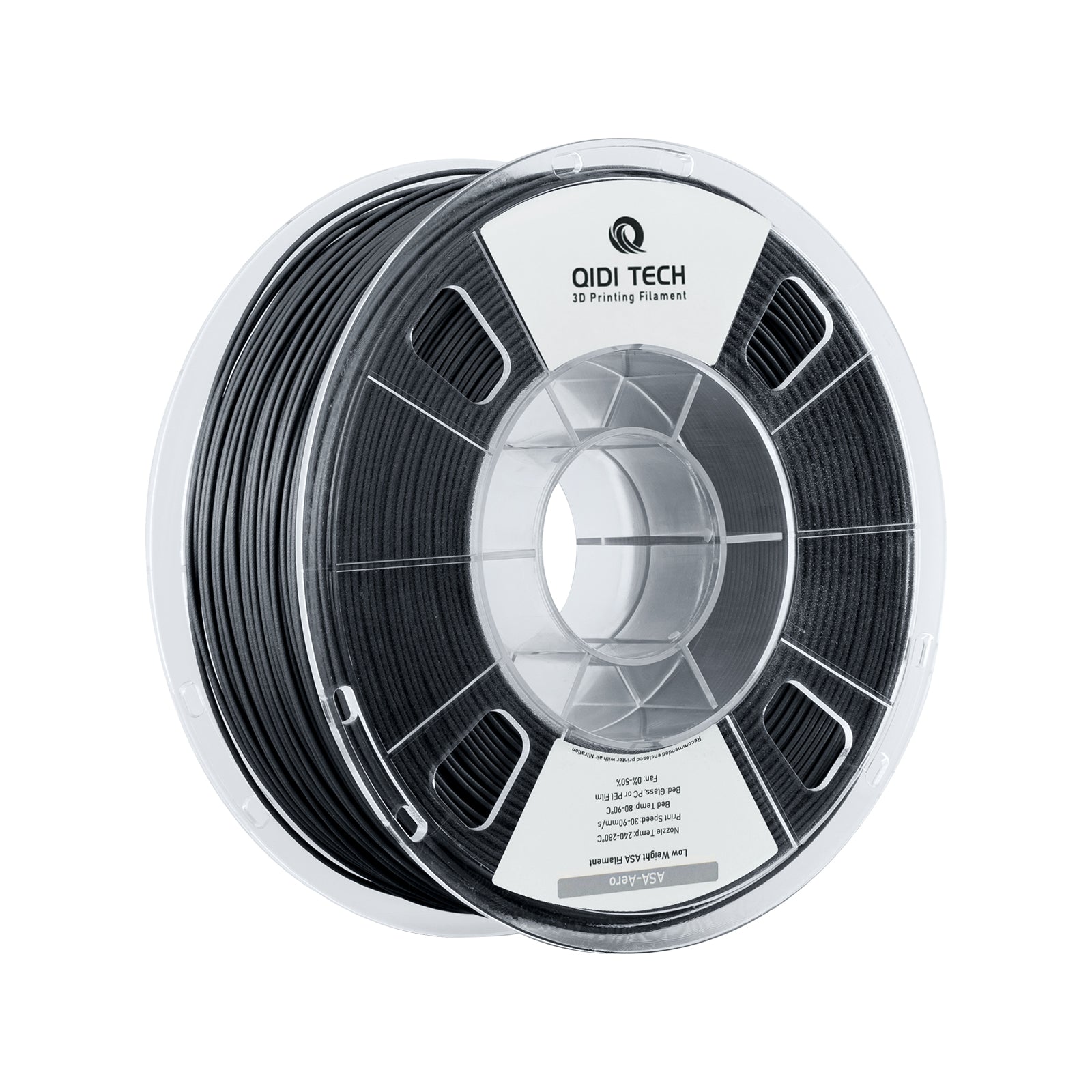In the realm of 3D printing, the choice of filament can significantly influence the quality and durability of the final product. One such filament that has gained popularity among enthusiasts and professionals alike is ASA filament. This article delves into the characteristics, benefits, and applications of ASA filament, providing a comprehensive understanding for those interested in enhancing their 3D printing projects.

What is ASA Filament?
ASA filament, or Acrylonitrile Styrene Acrylate, is a thermoplastic that is known for its excellent weather resistance and mechanical properties. Often compared to ABS filament, ASA offers similar strength and durability but with enhanced UV resistance. This makes it an ideal choice for outdoor applications where exposure to sunlight and harsh weather conditions is a concern.
Benefits of ASA Filament
- Weather Resistance: ASA filament is designed to withstand the elements, making it suitable for outdoor use.
- UV Stability: Unlike many other filaments, ASA maintains its color and structural integrity when exposed to UV light.
- Easy to Print: ASA filament exhibits good layer adhesion and can be printed with minimal warping, which is a common issue with other materials.
- High Strength: The mechanical properties of ASA make it a robust choice for functional parts and prototypes.
Applications of ASA Filament
Due to its unique properties, ASA filament is used in a variety of applications. Some common uses include:
- Outdoor Signage: The UV resistance of ASA makes it perfect for signs that will be displayed outdoors.
- Automotive Parts: ASA is often used for parts that require durability and resistance to environmental factors.
- Prototyping: Designers and engineers utilize ASA filament for creating prototypes that need to endure testing in real-world conditions.
- Consumer Products: Items such as garden tools and outdoor furniture can benefit from the strength and weather resistance of ASA.
How to Use ASA Filament Effectively
When working with ASA filament, it is essential to consider a few key factors to achieve the best results:
- Ensure your 3D printer is equipped with a heated bed to minimize warping.
- Maintain a consistent printing temperature, typically between 240°C and 260°C.
- Consider using an enclosure to maintain a stable temperature during printing.
For those looking to explore high-quality ASA filament options, consider checking out the  for your next project.
for your next project.
Conclusion
In summary, ASA filament stands out as a versatile and durable material in the world of 3D printing. Its weather resistance, UV stability, and ease of use make it a preferred choice for a wide range of applications. Whether you are a hobbyist or a professional, understanding the benefits and applications of asa filament can significantly enhance your 3D printing experience.







